EN / PL
This wooden mill was built in 1931 on the River Młynkowska in the northern part of the village of Piasek. Its owner was Wacław Janiszewski. Originally, the mill with the gable wall facing the road was part of the miller’s homestead which consisted of a residential house and a barn. It is a two-storey wooden building, with a gable roof covered with shingles. It was built from pine beams, with quoins joined using inclined two-sided lap joints.
The mill was driven by an overshot water wheel”, with two outlets – idle and working, and the water was fed onto the wheel through the system of the so-called pogródki. Under a part of the building there was a cellar where the driving wheel and the transmission wheel were installed. On the ground floor elements of the transmission mechanism were fixed including a large horizontal wheel and as well as pulley and pitchback wheels. On the same floor there were also devices serving millet and buckwheat kasha production: millet, buckwheat and flour separators were installed. On the upper floor, milling stones were ;located – two usual milling stones (mlewniki) and another stone (żubrownik) serving for cleaning grain.
The mill from Piasek was in operation from 1931 to1939 and from 1945 to 1970. It was transferred to the open-air museum with all its equipment, which makes it possible to operate even today.

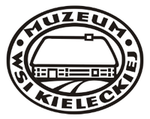
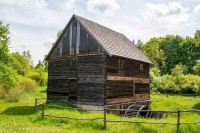
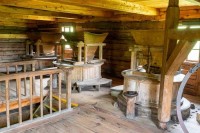
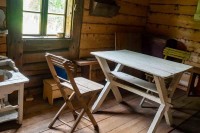
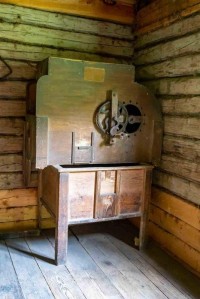
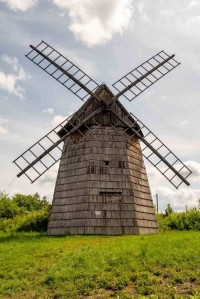
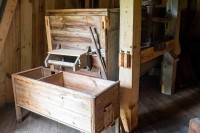
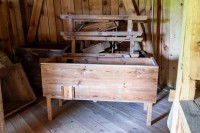
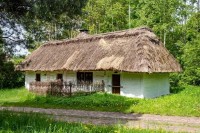
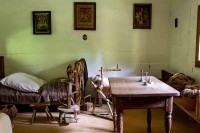
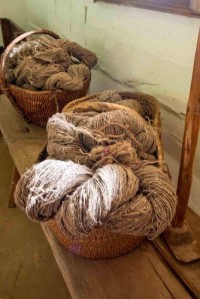
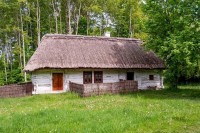
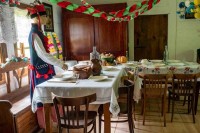
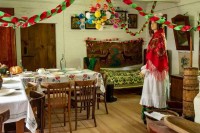
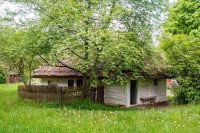
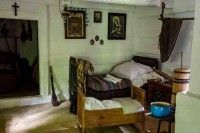
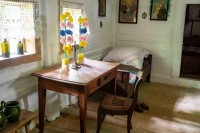
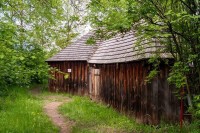
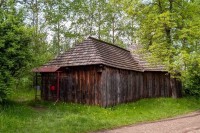
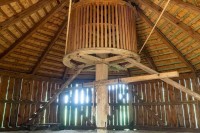
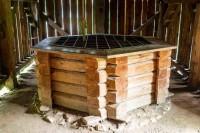
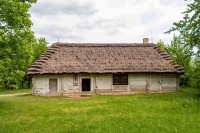

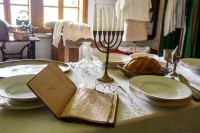
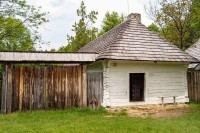
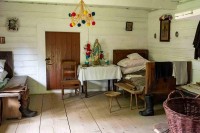
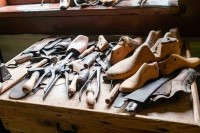
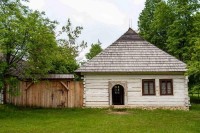
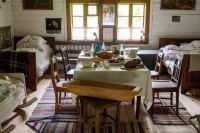
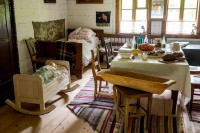
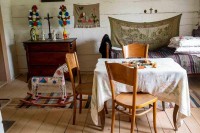
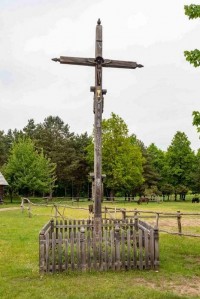
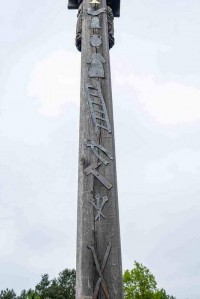
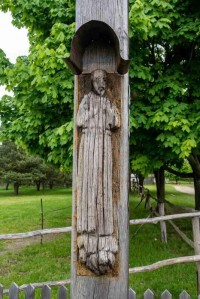
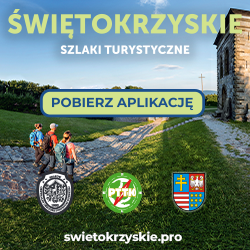
 Zakup współfinansowany ze środków Unii Europejskiej w ramach Europejskiego Funduszu Rozwoju Regionalnego na lata 2014 – 2020
Zakup współfinansowany ze środków Unii Europejskiej w ramach Europejskiego Funduszu Rozwoju Regionalnego na lata 2014 – 2020